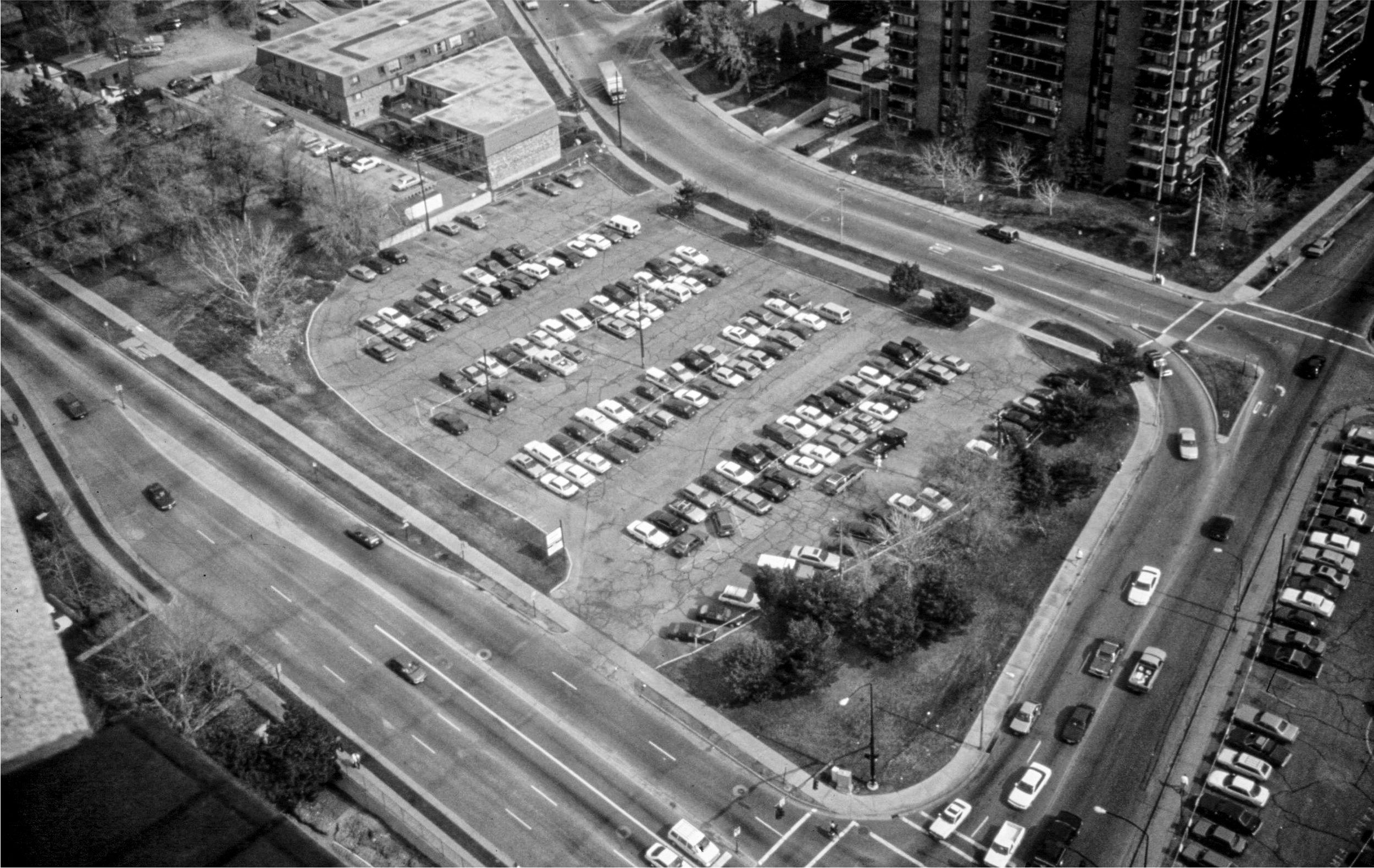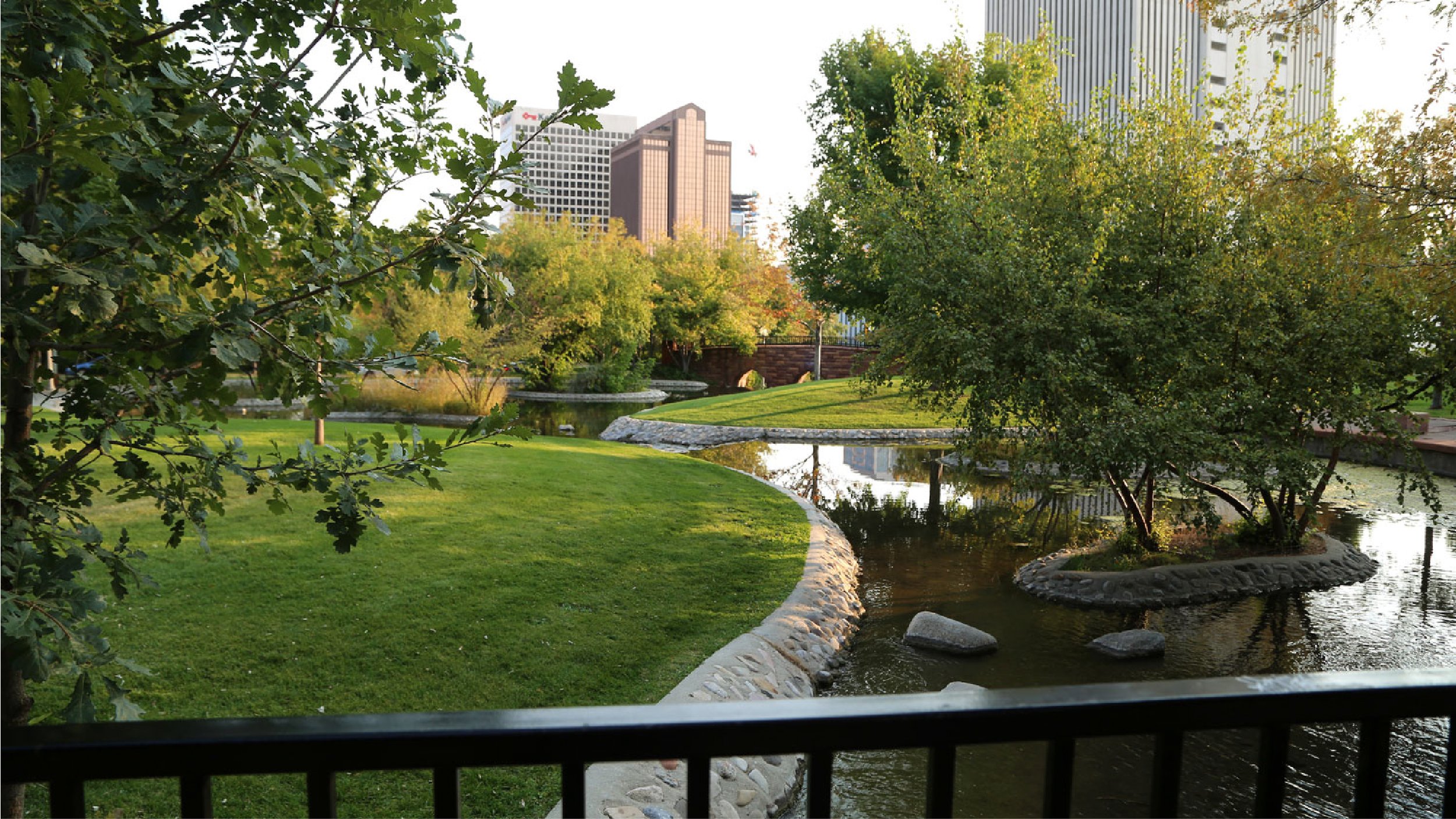City Creek Park
Quick Facts
City: Salt Lake City
Cost: $2.3M
Year: 1995
Best Practice: Stream daylighting, access/connection
Length: 400 ft.
In 1983, a large snowpack and fast spring melt caused historic flooding “termed the worst in Salt Lake County history” by the Deseret News. Over 1,000 homes flooded, and an estimated 400 people were forced to evacuate. Mud and rockslides closed Big and Little Cottonwood Canyons. The water treatment plant at the mouth of Big Cottonwood was forced to shut down as four feet of mud inundated the area. Famously, City Creek overtopped its banks and ran down State Street in a sandbagged channel. Kayakers were photographed in the new “State Street River” and it was rumored a cutthroat trout was caught in the channel.
Similarly, Red Butte, Emigration, and Parleys Creeks were sandbagged down 1300 South. The estimated cost of the three-mile Red Butte, Emigration, and Parleys canal was over $500,000. The combined flow of the creeks was 736 cubic feet per second. Approximately $2 million was spent repairing City Creek, which peaked at 305 cubic feet per second (nearly double the record from 1921). Over 2.6 million sandbags were filled and placed throughout Salt Lake County. Damages were estimated at $34 million across 1,500 identified sites [01].
In 1995, Salt Lake City began to reconsider the last century of water management, realizing its inadequacy as a long-term solution, due to the catastrophic flooding. One of first glimmers of this change was the transformation of a parking lot into City Creek Park. A public-private partnership between Salt Lake City and The Church of Jesus Christ of Latter-day Saints, exchange the ownership of the lot for rights to underground parking. A donation from the church helped uncover the creek through the new park.
City Creek re-emerged from a buried pipe to flow above ground once again—grey to green. Benches, green space, and a stone-lined creek create an oasis in the heart of downtown Salt Lake City. Hundreds of visitors can be seen enjoying the solace of the flowing water here. This project was the first in daylighting our urban creeks.
Sources
Hooton, Memorial Day Weekend 1983 (1999).


